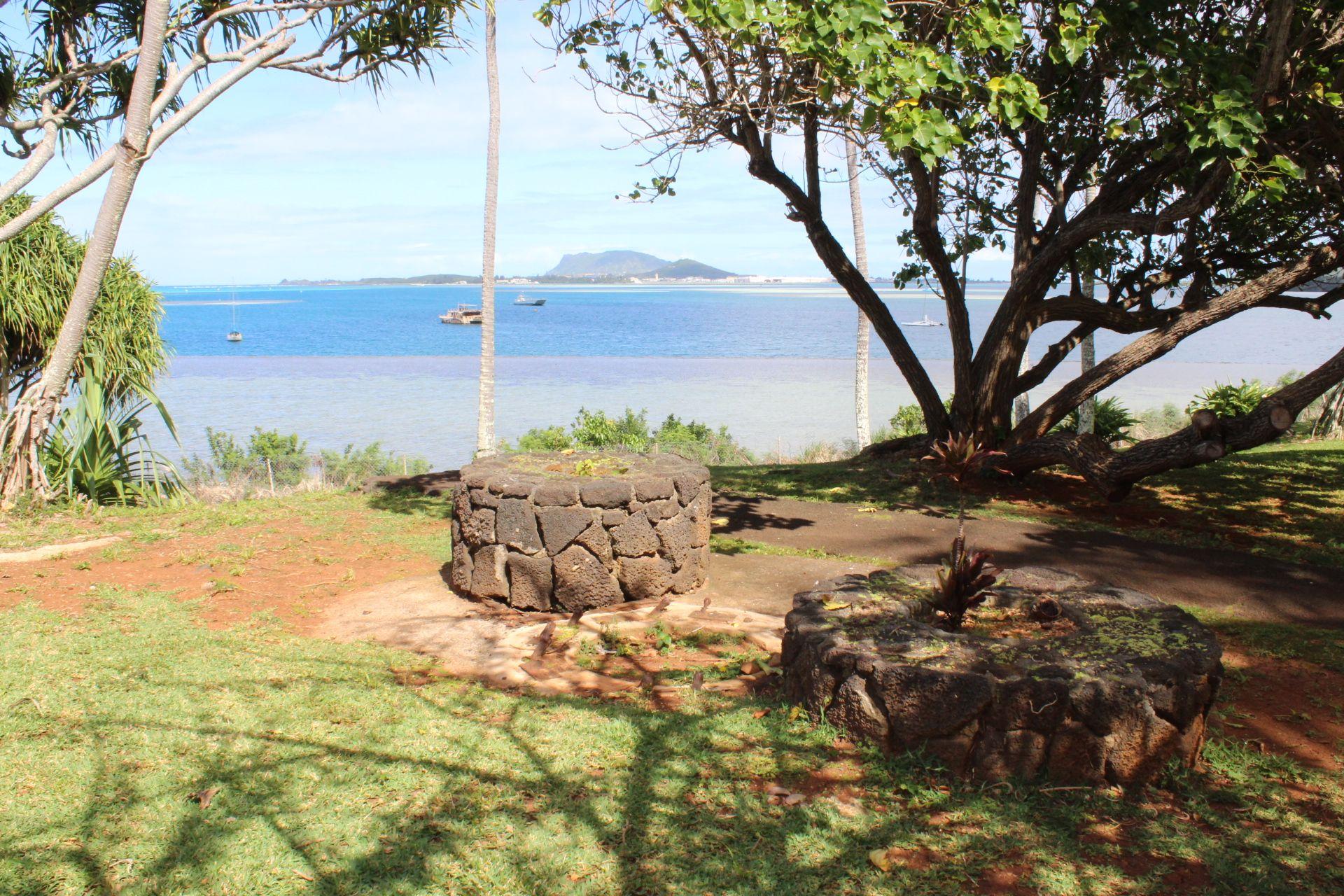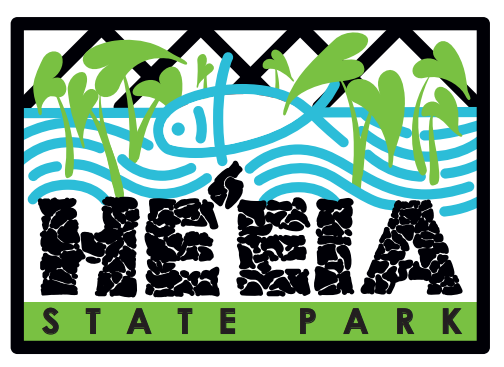World War II History
On November 24th, 1941, Admiral Isoroku Yamamoto sent a radio message to Admiral Chuichi Nagumo, Commander of the Pacific Striking Fleet, which read in part:
"The task force, keeping its movement strictly secret and maintaining close guard against submarines and aircraft, shall advance into Hawaiian waters, and upon the very opening of hostilities shall attack the main force of the United States fleet in Hawaii and deal it a mortal blow"
Two sources of the above message are Admiral Homer Wallin's "Pearl Harbor", published by the US Government printing office, and the United States Strategic Bombing Survey (Pacific) Naval Analysis Division's "The Campaigns of the Pacific War", also published by the US Government printing office.
Yamamoto's message was intercepted in Hawai'i at a radio intercept station known as "Station H" overlooking Kāne'ohe Bay on windward O'ahu. The location of "Station H" was on a small peninsula screened from Kamehameha Highway by a Chinese laundry; that peninsula is now Heʻeia State Park and open to the public.
Monitoring stations such as Station H logged 129 radio messages from the Japanese fleet between November 15th and December 6th. So powerful were the Japanese fleet transmitters that Leslie Grogan, a radioman on the passenger ship SS Lurline, listening to Japanese transmissions to the fleet, was able to pick up the fleet's replies and plot the fleet position. On arrival in Honolulu, Grogan delivered his logbook and map of the Japanese fleet's progress across the Pacific to Lieutenant Commander George Pease of the Office of Naval Intelligence. The date was December 4th, 1941. Naval archive records confirm the existence of the logbook, although the logbook itself has vanished.
The Bones of "Station H"

As one approaches the main park building, used for community meetings, dance classes, and other gatherings, there is a paved path leading to the right which spirals down the back of the building to the edge of Kāne'ohe Bay. Several pieces of old concrete remain visible in the ground. These are the remnants of the foundations of the "Station H" buildings. Nearby are two large lava stone planters sitting on a concrete ring.
